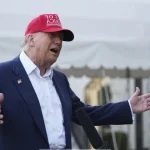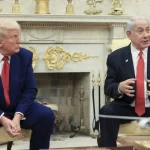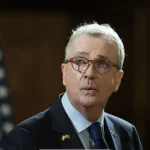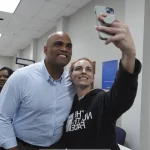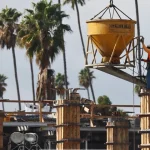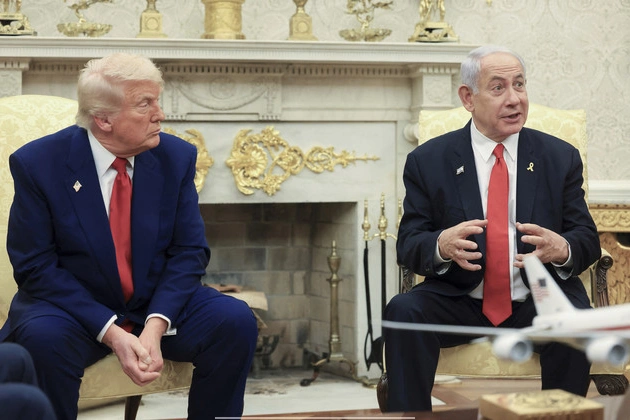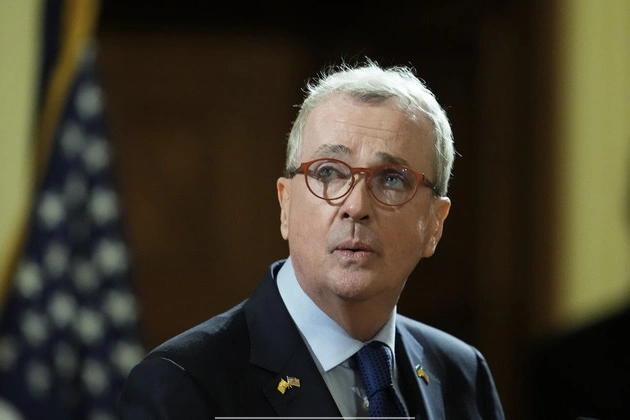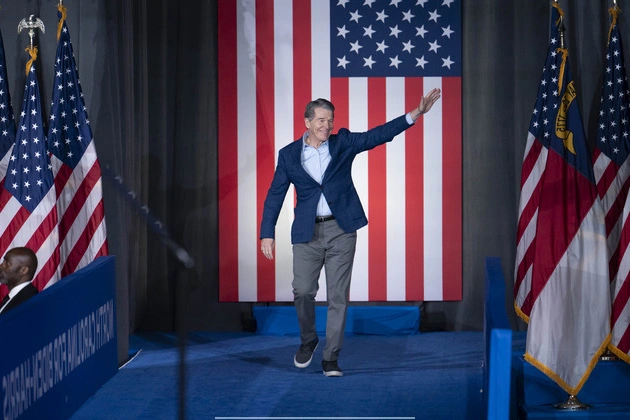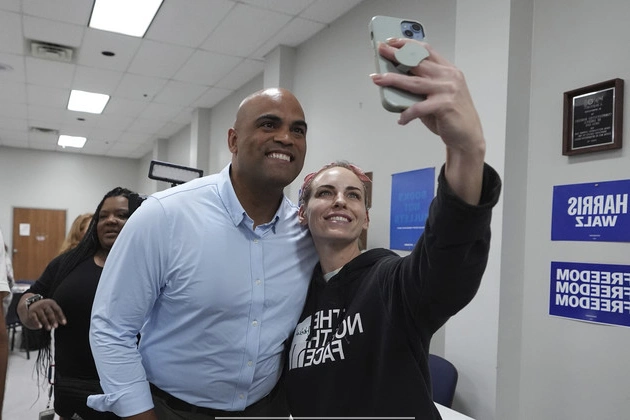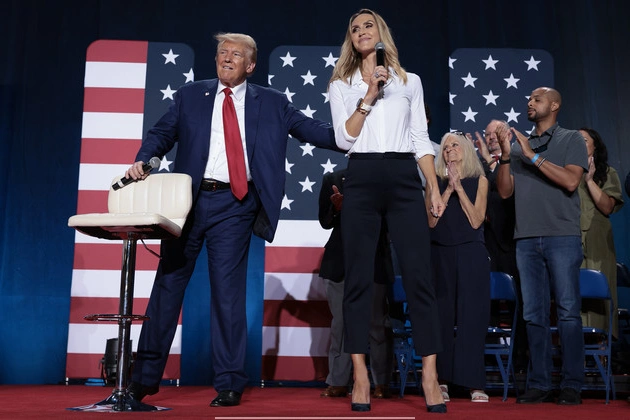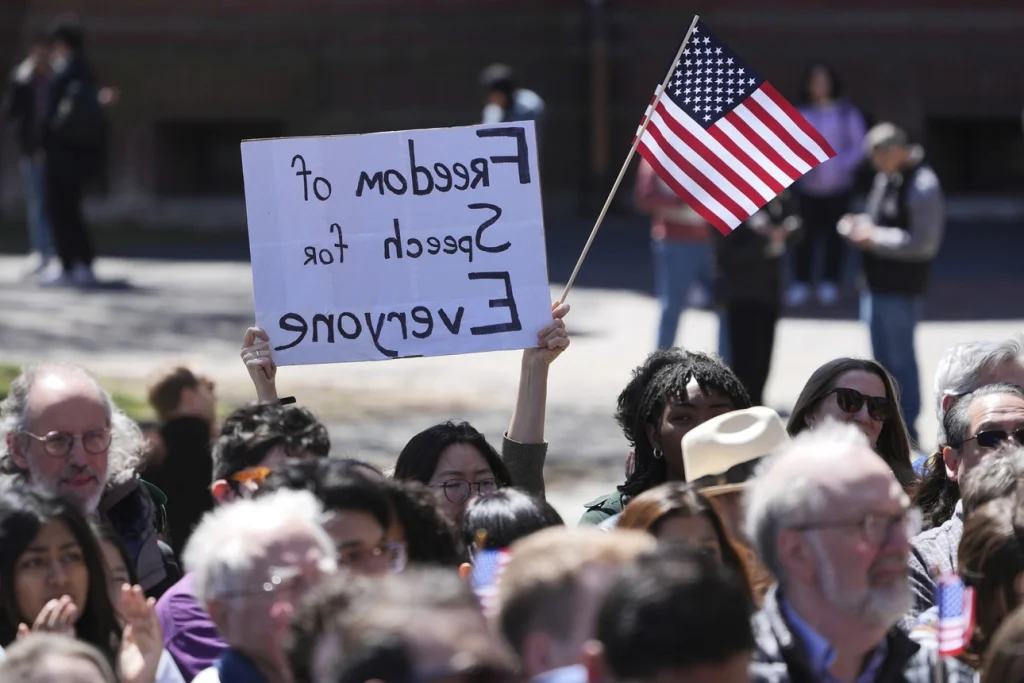
President Trump’s Influence on Higher Education
President Donald Trump’s campaign against two of the planet’s best-known universities is laying bare just how unprepared academia was to confront a hostile White House.
Schools never imagined facing an administration so willing to exercise government power so quickly — targeting the research funding, tax-exempt status, foreign student enrollment and financial aid eligibility schools need to function. That’s left them right where the president wants them.
Challenges Faced by Universities
Even as Ivy League schools, research institutions, and college trade associations try to resist Trump’s attacks in court, campus leaders are starting to accept they face only difficult choices: negotiate with the government, mount a painful legal and political fight — or simply try to stay out of sight.
Groundbreaking scientific research, financial aid for lower-income students and soft power as an economic engine once shielded schools’ access to federal funds. Trump has now transformed those financial lifelines into leverage. And the diversity and independence of U.S. colleges and universities — something they’ve seen as a source of strength and competition — is straining efforts to form a singular response to the president.
Unforeseen Challenges for Universities
“Perhaps it’s a failure of imagination on the part of universities,” said Lee Bollinger, the former president of Columbia University. “It feels now like there has been a naïveté on the part of universities. There’s been no planning for this kind of thing.”
Schools are accustomed to tension with their faculty, governing boards, legislatures and governors. But punishments for resisting the Trump administration plumbed untested levels of severity this week when the president issued an executive order to bar foreign students from entering the country to study at Harvard University as his administration threatened Columbia’s academic accreditation.
Implications and Responses
Many institutions have chosen a more muted response following months of conflict, including major public institutions in states that have also grown reliant on the full-freight tuition paid by international students.
“Universities don’t have as many degrees of freedom, at least in the public sector, as you might think they do,” said Teresa Sullivan, the former president of the University of Virginia. “One reason they seem to be relatively slow to act is there’s a certain disbelief — can this really be happening?”
“We seem to be in uncharted territory, at least in my experience,” Sullivan said. “All of a sudden, the rules don’t seem to apply. I think that’s disconcerting. It shakes the ground beneath you, and you don’t necessarily know what to do next.”
Conclusion
Schools still face a choice between negotiating with the government — and risk compromising on their principles — or inviting Trump’s rage by putting up a fight.
“Every school has had an option to correct course and work with the administration, or stand firm in their violations of the law,” the administration official said. “They have an option, they know very well what to do.”
The real question, according to Bollinger, the former Columbia president, is how far the White House will go and how much resistance the schools are willing to put up.
“The power of government is so immense that if they want to destroy institutions, they can,” he said. “What you do in that kind of environment is you stand on principle.”
